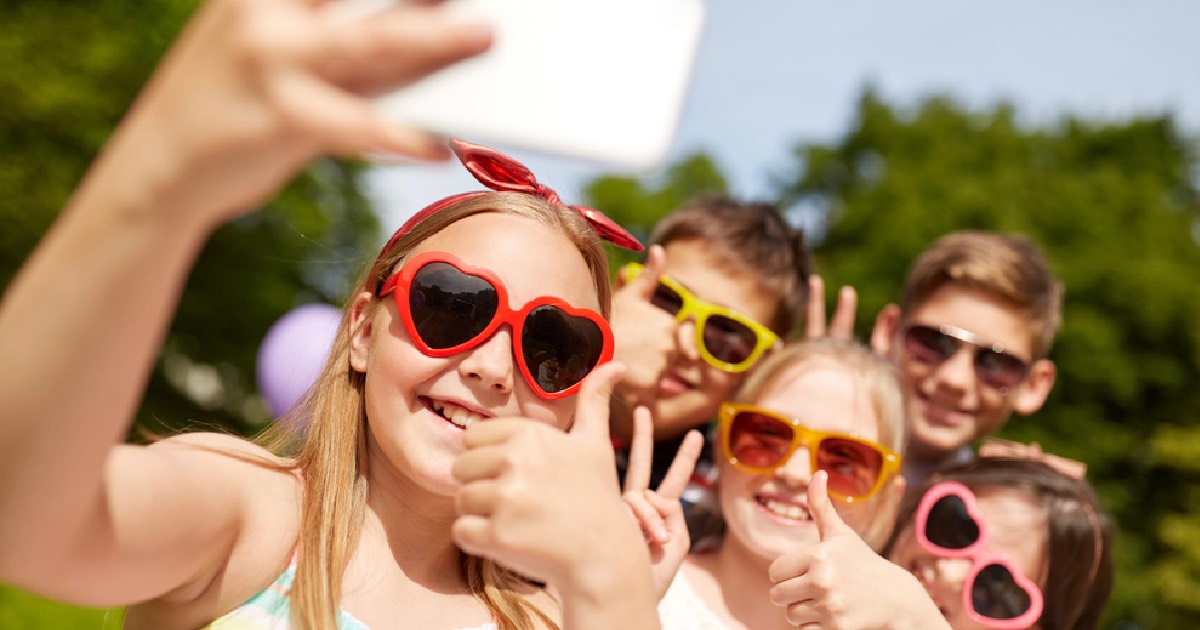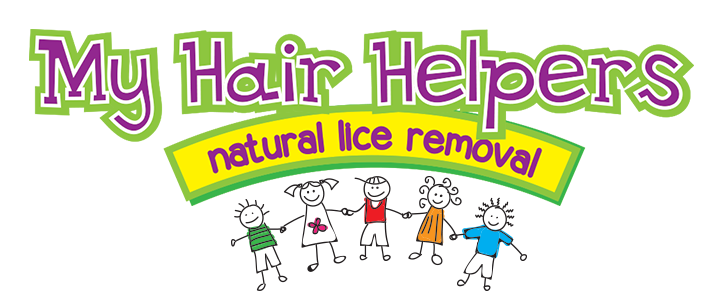In the age of social media, selfies have become a ubiquitous part of our digital lives. From capturing moments with friends to documenting travels, selfies are a fun and immediate way to share our experiences with the world. However, an unexpected guest has been making headlines as a potential side effect of our selfie culture: head lice.
Let’s delve into the intriguing intersection of selfies and head lice, shedding light on whether our digital habits could be contributing to the spread of these pesky parasites.
The Selfie Phenomenon
Selfies are more than just pictures; they’re a form of self-expression and connection. With smartphones always at the ready, snapping a photo with friends or loved ones has never been easier. But as we huddle together to fit everyone into the frame, are we unwittingly inviting head lice to join in on the fun? We could be!
Head Lice 101
Head lice are tiny, wingless parasites that live on the human scalp, feeding on our blood. They spread primarily through direct head-to-head contact, as they cannot jump or fly. Traditionally, head lice outbreaks have been most commonly associated with school-aged children. However, the narrative might be changing with the advent of new social behaviors, like taking selfies.
Connecting the Dots: Selfies and the Spread of Lice
The theory that selfies could contribute to the spread of head lice has sparked both concern and skepticism. When people lean their heads together to capture the perfect selfie, it provides an ideal opportunity for lice to crawl from one head to another. This close proximity, often in a matter of seconds, could theoretically increase the chances of transmission.
However, it’s important to note that while the theory is plausible, there’s limited concrete evidence to firmly establish selfies as a significant factor in the spread of head lice. Lice experts and health professionals agree that while it’s a possibility, traditional routes of transmission, such as sharing combs, hats and pillows, as well as head-to-head contact, remain the primary culprits.
Preventative Measures
Regardless of the role selfies play in the spread of head lice, nipping head lice in the bud is key. Here are some tips to keep in mind:
- Be Mindful of Head-to-Head Contact: While avoiding selfies might not be necessary, being mindful of direct head contact during photo ops can help reduce risk.
- Regular Checks: Especially for parents of young children, regular scalp checks can help catch an infestation early. Our nit comb makes this process quick and easy!
- Educate on Sharing Personal Items: Reinforce the importance of not sharing items that come into contact with the hair.
- Treatment Awareness: Know the signs of head lice and the appropriate options available for getting rid of them. My Hair Helpers has a full line of products made from natural ingredients. Let us help YOU win the fight against lice!
Final Thoughts
The link between selfies and head lice serves as a reminder of the unexpected ways in which modern behaviors can intersect with health issues. While the risk posed by selfies may not be substantial, this discussion highlights the importance of awareness and prevention in our interconnected, digital world. As we continue to document our lives and share moments, a little caution and consideration can help ensure that head lice don’t get to share in the spotlight.


